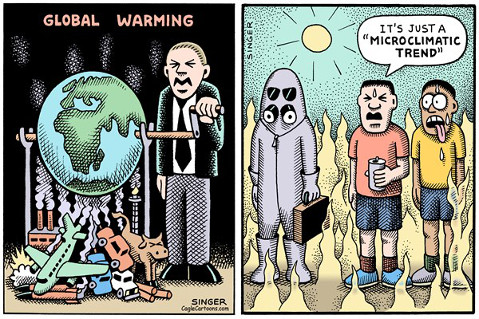
Growing up in Santa Barbara in the 1970s, I distinctly remember the strange ritual that culminated each of our family visits to the beach: My sister and I would sit on the tailgate of our family van while my father used paint thinner to remove the tar balls stuck to our feet and legs.
To me, a 10-year-old boy who had been going to Refugio, Goleta, El Capitan, and other local beaches for years, it seemed like a normal part of a day at the beach. Doesn’t everyone dodge black globs of goo while playing football on the sand? Aren’t offshore oil platforms always part of the scene of Pacific sunsets? Doesn’t everyone’s dad keep turpentine in the trunk?
It was only later, after we moved to Northern California, which doesn’t have any offshore oil drilling, that I learned the truth. The tar balls that covered my childhood beaches came mostly from those offshore drilling rigs that marred the horizon, or they were remnants of the disastrous 1969 oil spill that blackened Santa Barbara’s coastline and helped ignite the modern environmental movement.
Santa Barbarans and Gulf Coast residents already know what East Coast residents now fear: Offshore oil production is a messy business that can sully beaches and kill wildlife. The Refugio Oil Spill offered that reminder in May to anyone who might have forgotten. Yet we continue to allow this most dangerous form of oil extraction, even though we know our fossil fuel addiction is cooking the planet and acidifying the oceans.
Now’s the time to change course, and Santa Barbara’s a great place to begin leading the country into the clean-energy future our world needs. Rather than allowing the federal government to reopen the corroded old pipelines that serve Santa Barbara’s four main offshore oil platforms, that whole aging system should be decommissioned before it spills again.
Climate scientists say we need to leave about 80 percent of known fossil fuel reserves in the ground to avoid raising global temperatures by more than 2 degrees Celsius and unleashing dangerously unpredictable impacts. One of the best places to start is in our offshore, unleased federal waters, which contain nearly 75 billion barrels of crude — more than twice that of unleased onshore federal lands — that should stay safely sequestered rather than spilled or burned. That would keep about 31.5 billion tons of carbon dioxide out of our atmosphere and oceans, according to a recent report by EcoShift and the Center for Biological Diversity, where I work on ocean issues.
Yet despite President Obama’s often-inspiring calls for strong action to address climate change, his administration is still pursuing dangerous new offshore oil drilling in the Atlantic and Arctic oceans, opening up fresh new territory for Big Oil. And his Pipeline and Hazardous Material Safety Administration (PHMSA) is now moving toward reopening the corroded pipelines that caused the Refugio Oil Spill, despite strong evidence that pipelines more than 30 years old are highly likely to break and spill, again and again.
The oil platforms along Santa Barbara’s coastline are now dormant — creating neither carbon emissions nor tar balls on our beaches — and I think we should keep them that way. We can still avoid the worst impacts to our wildlife and our climate, but only if we take bold, deliberate steps, starting right here and now.
Steven T. Jones is a longtime editor and writer for alt-weeklies in California who now works for the Center for Biological Diversity.



